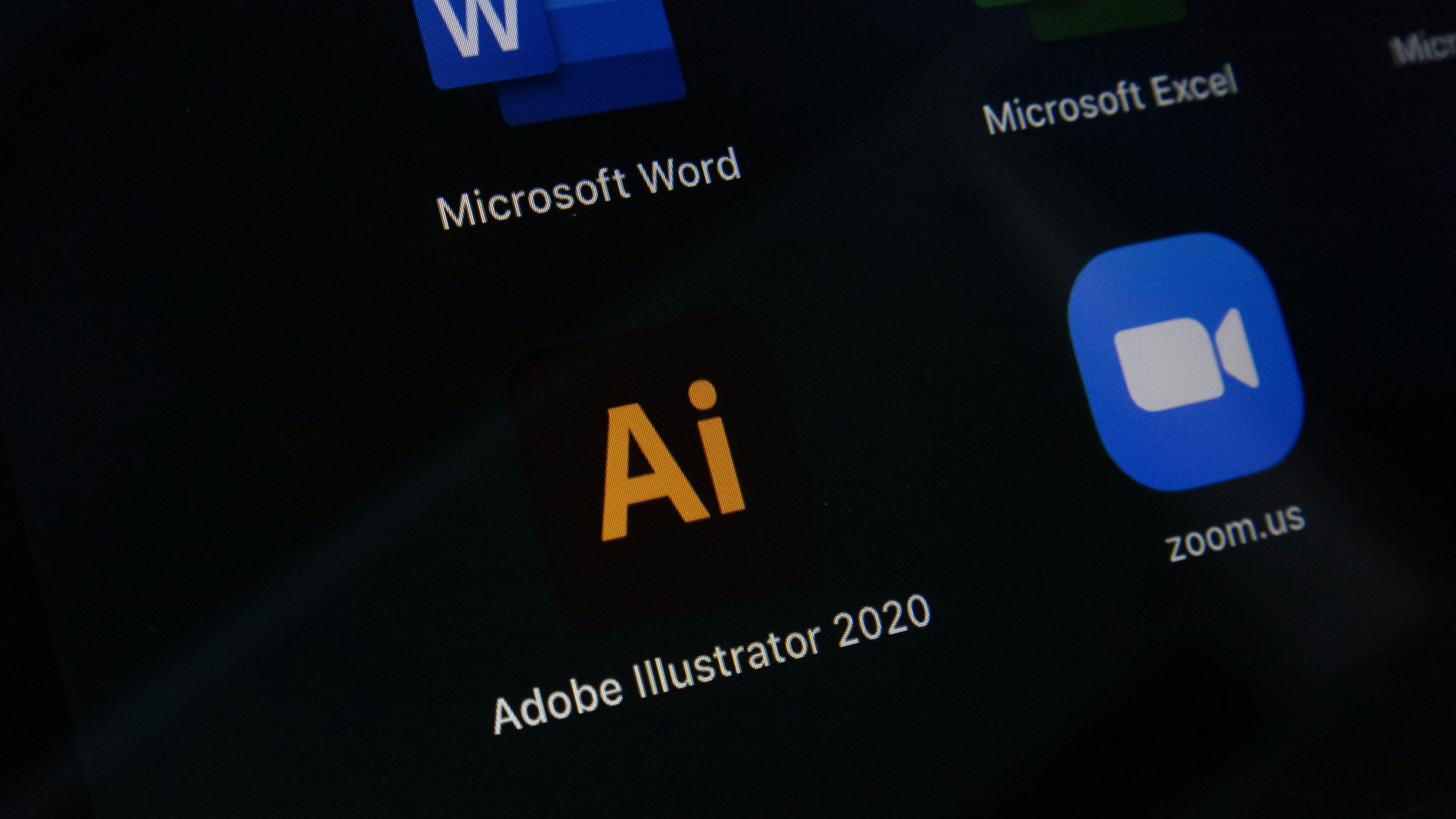
In the fast-paced world of digital storytelling, storyboarding software has become a pivotal tool for filmmakers, animators, advertisers, and educators. These applications provide a visual layout to plan sequences, define motion, and align the narrative elements of a project before full-scale production begins. By shifting from traditional pen-and-paper storyboards to dynamic digital environments, creatives can not only save time but also enhance collaboration and increase accuracy in visual planning. This article explores the landscape of storyboarding software, highlighting its benefits, key features, and the top tools currently shaping the industry.
The Evolution of Storyboarding Tools
From Sketchpad to Screen
The transition from manual storyboarding methods to digital platforms began as technology started to reshape how creatives approached the pre-production phases of film and animation. Initially, digital storyboarding was merely about replicating the traditional process on computers. Today, it encompasses a suite of features that assist in everything from automatic character movements to integrating with other film production software, offering a comprehensive previsualization tool that is adaptable across various media industries.
The Impact on Production Workflows
Storyboarding software has revolutionized production workflows by streamlining the transition from concept to final product. These tools allow teams to create more iterations faster than ever before, providing the flexibility to experiment with different visual narratives without the physical limitations of paper and pen. The ability to quickly modify and update storyboards ensures that all team members stay aligned with the latest version, reducing errors and ensuring that production decisions are based on accurate visual scripts.
Key Features of Storyboarding Software
User-Friendly Interface
A hallmark of effective storyboarding software is a user-friendly interface that accommodates both seasoned artists and beginners. The best tools offer intuitive layouts, drag-and-drop functionality, and easy navigation through scenes and sequences, making the process of visual planning as straightforward as possible.
Integration Capabilities
Top storyboarding applications often feature robust integration capabilities with other production tools. This can include compatibility with editing software, animation programs, and even virtual reality platforms, allowing for seamless transitions between different stages of production and ensuring that creative teams can work efficiently under one unified system.
Real-Time Collaboration
As projects often involve multiple stakeholders, real-time collaboration features are crucial. Many modern storyboarding tools provide cloud-based collaboration options where team members can view, edit, and comment on storyboards simultaneously, no matter their location. This not only speeds up the decision-making process but also enhances the creative synergy during project development.
Reviewing Popular Storyboarding Software
Adobe Story
Part of the Adobe Creative Cloud, Adobe Story is designed for professionals who need to integrate their storyboards with other Adobe products like Premiere Pro and After Effects. While primarily a scriptwriting tool, its robust storyboarding features make it a popular choice for those already entrenched in the Adobe ecosystem.
Toon Boom Storyboard Pro
Toon Boom Storyboard Pro is tailored explicitly for the animation and film industries. It offers comprehensive drawing and animating tools, allowing storyboard artists to create detailed, animated storyboards that clearly convey motion and timing. Its support for camera controls simulates how scenes will look through the lens, making it invaluable for directors and cinematographers.
FrameForge
FrameForge is known for its advanced previsualization capabilities that go beyond traditional storyboarding. It offers a 3D environment where users can experiment with camera angles and movements, set designs, and lighting schemes. This level of detail is beneficial for complex film and television projects where visual accuracy in pre-production can significantly impact the overall quality and execution of scenes.
Plot
Plot is a more straightforward, more streamlined storyboarding tool perfect for smaller projects or individuals new to digital storyboarding. It focuses on quick sketching and efficient panel organization, making it accessible for those who may not need the advanced features of more robust software but still desire the efficiency of digital storyboarding.
The Benefits of Digital Storyboarding
Efficiency and Flexibility
Digital tools allow storyboard artists to work faster and make changes more efficiently compared to traditional methods. Features like copy-pasting scenes, undoing actions, and revising sequences without having to start over save invaluable time during pre-production.
Enhanced Creativity
With tools that enable instant adjustments and variations, creatives can experiment more freely. This can lead to discovering new perspectives and innovative narrative techniques that might not have been feasible with paper storyboards.
Cost-Effectiveness
While high-end software can be an investment, digital storyboarding often reduces the overall costs associated with the production process. It minimizes the need for physical materials, reduces the risk of costly miscommunications, and can decrease the time spent in various production phases due to better planning.
The Future of Storyboarding
Storyboarding software is set to continue evolving, with new features and integrations that further blur the lines between pre-production and production. As virtual and augmented reality technologies gain prominence, storyboarding tools will likely expand to include these mediums, offering even more immersive and interactive ways to visualize stories. For filmmakers, animators, and creators across all media, embracing these tools can lead to more dynamic storytelling and, ultimately, more compelling visual content.